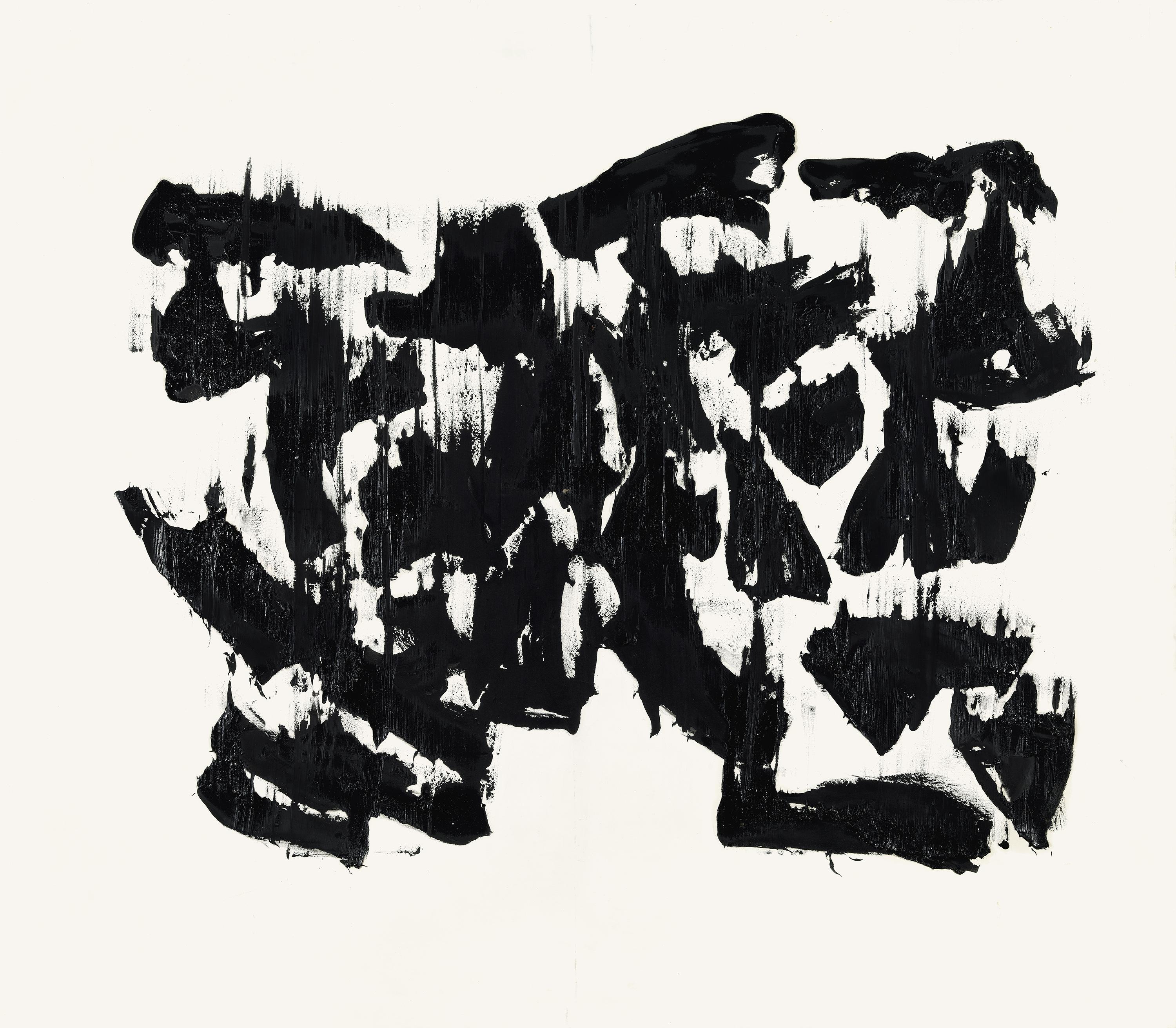Judit Reigl
|||||||||||
Kapuvár (HONGRIE), 1923 – Marcoussis, 2020
Judit Reigl is a painter who was surrealist, abstract and figurative in turn.
When she arrived in Paris in 1950 after eight clandestine attempts to cross the iron curtain, Judit Reigl met up with a fellow student from the Beaux-Arts in Budapest, Simon Hantaï, who introduced her to André Breton in 1954. Breton was attracted to her surrealist paintings and invited her to exhibit at L’Étoile scellée.
Later, she moved away from surrealism and painted a number of sequences that were striking for the intensity of their gestures: ‘Outbursts’ (1955-1958), ‘Centres of Domination’ (1958-19590, and ‘Mass Writings’ (1959-1965).
During this period she strewed her failed attempts all over the floor of her studio, trampled and spilt paint on them, then picked them up again and reworked them: these are the ‘Guano’ (1958-1965), which are the physical and material counterpart of the cosmic ambition of her gestural works.
But what Judit Reigl sought, rather than the formal elegance of the gesture, was its authenticity, which led her into unforeseen figurative adventures, involving vigorously painted anthropomorphic torsos – mainly masculine – that hover weightlessly between take-off and fall, and fill the whole surface of the canvas (‘Man’, 1966-1972 and ‘Decoding-Sheet’, 1973). This work culminated in the abstract series of the ‘Unravellings’ (1973-1985), where the artist explored an automatic writing made of a coloured tracery emerging transparently through the back of the canvas. In her last abstract sequences of the years 1980-1988, using the same principles, monumental rectangles appear in procession, evoking ‘doors’ with human silhouettes gliding through (‘Facing …’, 1988-1990). In this series of figurative appearances, naked bodies proliferate, singly or in groups, facing or levitating, but always in silhouette against a plain background, reduced to the very essence of their being. This return to the figure bears witness to a constant obsession of the artist : to make the body – whether active or in representation – the very subject of her painting.
As she expresses it very clearly herself, ‘the essential foundation of any creative drive is the desperate desire to destroy the contradictions and limitations of personal, cosmic and universal existence, and to expand the self in a permanent revolution.’ Judit Reigl digs down into the deepest experience of her existence to develop a vast, complex reflection on what it is to be human. Her work is a search for the essential and the absolute, and a witness to the unknown.
In Judit Reigl’s work, gravitation is all. Everything takes place in a space-time continuum that is both infinite and indefinite. Her gestures reach out across a canvas freed of all context and temporal notation, transposing her abstract or figurative forms into elements of the universal. The artist expresses herself through permanent, constantly renewed movement. In her paintings her gestures follow the logic of their own ‘objective chance’, creating a visual balance between material process and creative intention. Thus like a shaman she transforms her human and metaphysical concepts, drawn from the torment and intensity of her own life, into a definition of the cosmos.
Judit Reigl’s works are exhibited above all in the collections of the Musée national d’art moderne – Centre Georges Pompidou, the Musée d’Art Moderne de Paris, the Musée des Beaux-Arts de Lyon, numerous FRAC French museums, as well as in major international museums, The Museum of Modern Art, The Metropolitan Museum of Art, The Solomon R. Guggenheim Museum (New-York), The Albright-Knox Gallery (Buffalo), The Museum of Fine Arts (Houston), The Tate Modern (London), Musée national des beaux-arts, (Quebec), Musée d’art contemporain de Montréal, Musée de Rimouski (Quebec), Ludwig Museum of Contemporary Art, The Museum of Fine Arts et The National Gallery (Budapest).

Écriture en masse - Comment faire danser le carré, 1965, huile sur toile, 230 x 269 cm

